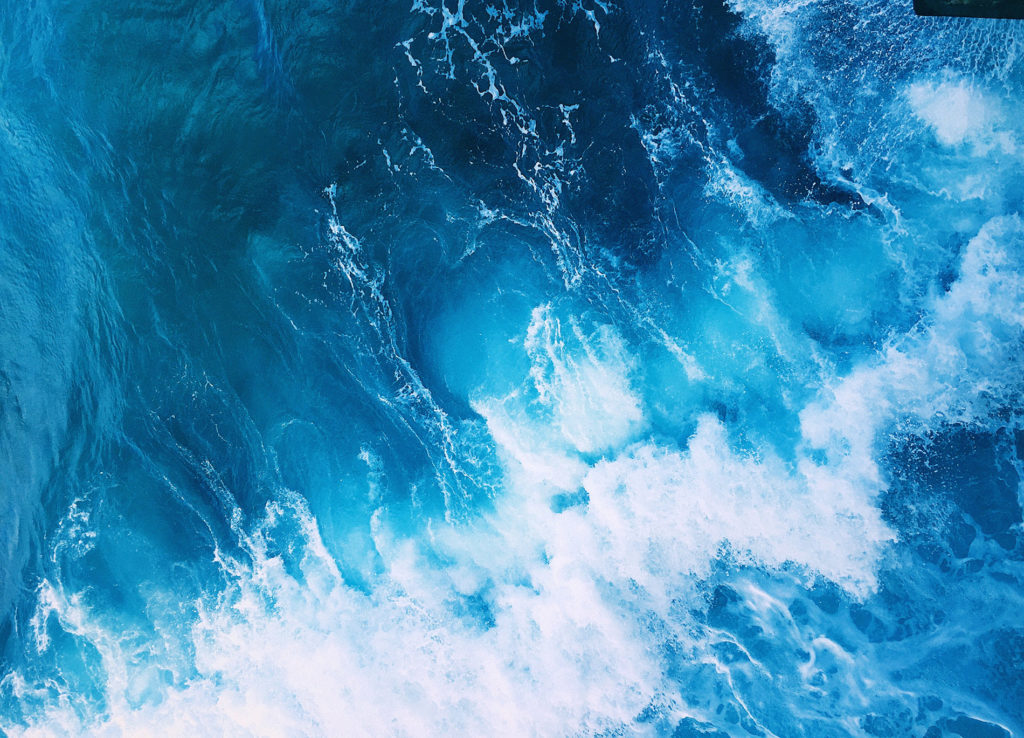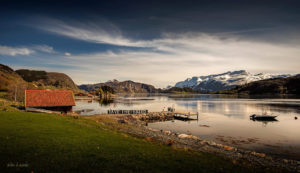Deep-sea mining – it’s like something from a Jules Verne novel. This relatively untested form of mining the ocean floor is no longer the stuff of science fiction, but poised to go online in a number of places.
Companies from a number of countries – including the US, Canada, Australia, Japan, China — are seeking to mine metals from cobalt crusts, manganese nodules, and hydrothermal vents on the seafloor.
The International Seabed Authority has already issued 26 licenses to explore 1.5 million square kilometers of the Pacific Ocean floor, as well as additional swaths of the Atlantic and Indian Oceans, and the Red Sea. Additional areas are being opened up to exploration every month – with little oversight, or understanding of the impacts of such immensely destructive industrial activity on marine life and ecosystems and communities that live in coastal regions.

Countries such as India, Brazil, Singapore, Russia, Germany, Canada, United Kingdom and the United States are all moving forward with exploration plans for deep-sea mining, or DSM. The metals they are searching for include: iron, manganese, copper, zinc, lead, nickel, cadmium, silver, platinum, rare earths and gold.
The most advanced project to date is Solwara I, an active commercial mining operation in Papua New Guinea. Canadian company Nautilus Minerals secured rights to move forward with the Solwara I project in 2006, but was delayed for years due to an ownership dispute with the PNG government. The project also stirred opposition in the community. In 2013, a coalition of civil society groups sued the PNG government for granting permits for the project, arguing that the project would harm the marine ecosystem resources on which local residents depend. The coalition fought in favor for suspension of Solwara until comprehensive national regulations for deep-sea mining passed. Unfortunately, after years of dispute with the PNG government, an arbitrator ruled that the PNG government breached its contract to pay a share of development costs for the mine. The decision requires the government to pay Nautilus $118 million, and allows the project to move forward.
In September 2015, Earthworks and the Deep Sea Mining Campaign released a study that highlights flaws in the impact assessment Nautilus conducted of the Solwara 1 project. While the ultimate impacts remain unknown, the company is moving forward with the project. As of early 2016, Nautilus received specialized underwater equipment and made plans to start testing.
Potential Impacts
Deep-sea mining can completely alter little-understood aquatic ecosystems. Deep-sea species live in habitats that are rarely disturbed and are relatively slow growing and late maturing. For these reasons, they are especially vulnerable to disturbance or possibly extinction, as they tend to have lower resilience. A case study using the Solwara I project reveals that both exploration and extraction will have significant impacts upon entire ecosystems. For example, mining vehicles can create sediment plumes, which may smother immobile organisms and create murky water. Mine waste, or tailings, can also block sunlight necessary for photosynthesis. Further, heavy metals or nutrients released into the water from waste can lead to bioaccumulation up the food chain or create algal blooms.
Regulation
The International Seabed Authority, a United Nations-established global body, regulates seabed mining in waters outside national jurisdictions and grants exploration permits for projects that fall outside national jurisdictions. . It is currently in the process of issuing new regulations for deep-sea mining.
But as noted in comments co-written by Earthworks, the proposed standards are problematic in their current form because they do not take the precautionary principle and would allow the permitting of mining projects without both scientific evaluation and community support. The ISA does not expect to have approved guidelines for deep-sea mining until 2016.
Legal Action
In May 2015, the Center for Biological Diversity sued the U.S. government for its failure to comply with environmental regulations. The lawsuit argues that the NOAA granted UK Seabed Resources five-year extensions on two exploration licenses it holds for the Clarion-Clipperton Zone, an area in the Pacific between Hawaii and Mexico, without performing required environmental assessments as part of the National Environmental Policy Act.
Given how little we understand about the impacts of deep sea mining, all other proposed projects should also be subject to scrutiny. We must apply the precautionary principle in the mean time, putting a pause on this rapidly growing industry before it is too late.
For More Information
- Submission to the International Seabed Authority on the report to ISA members and stakeholders
- Blog: Deep Sea Mining Faces First Legal Challenge
- Blog: International Seabed Authority: Protect Ocean Ecosystems
- Press release of CBD lawsuit
- Text of CBD Complaint
- Deep Seabed Mining: An urgent wake-up call to protect our oceans. Greenpeace Report
- Deep Sea Mining Campaign: Out of our Depth
- Physical Oceanographic Assessment of the Nautilus Environmental Impact Statement for the Solwara 1 Project – An Independent Review
- Earthworks’ November 2016 Comments to the International Seabed Authority
- Deep Sea Conservation Coalition


